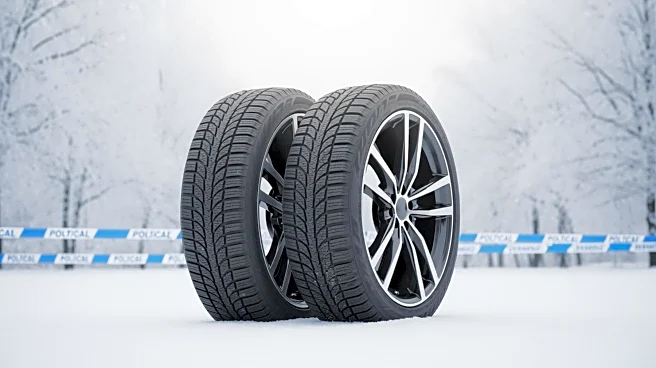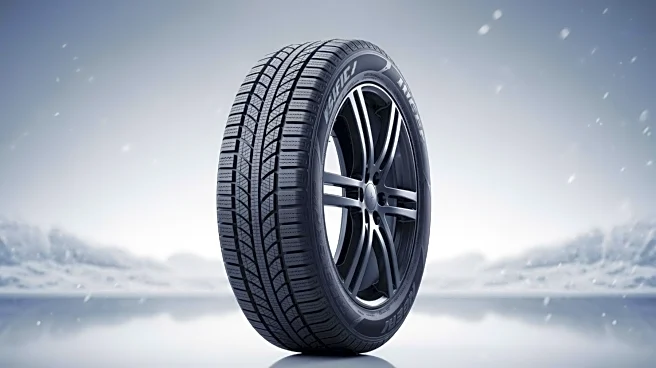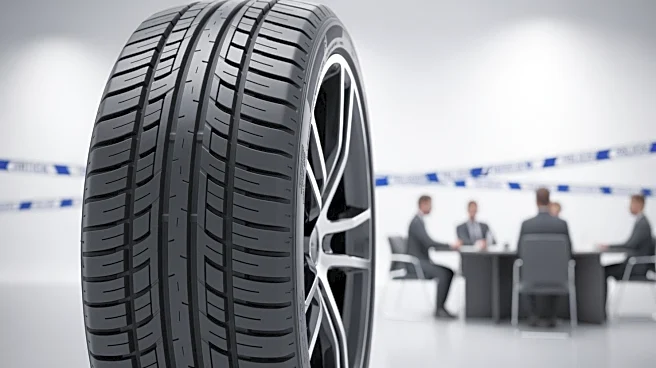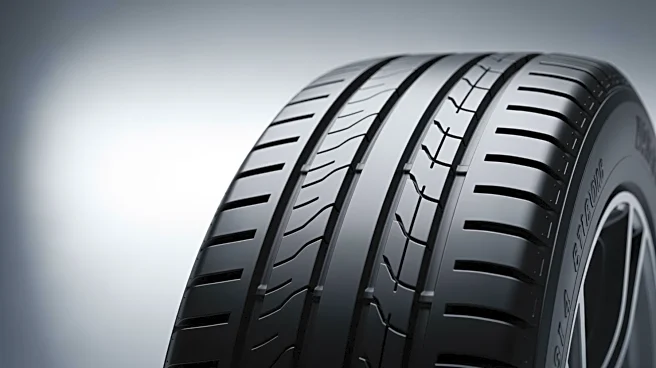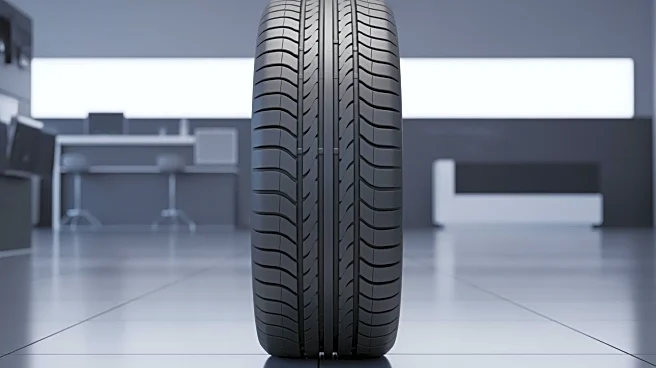What's Happening?
Consumer Reports (CR) has released its latest evaluation of winter/snow tires, highlighting the top-performing models designed to provide superior grip in cold and wintry conditions. The review covers various categories, including winter/snow tires for crossovers
and cars, performance winter/snow tires for sporty vehicles, and winter tires for SUVs and pickup trucks. The testing was conducted at CR's Auto Test Center in northern Michigan, where snow traction and ice braking capabilities were assessed. The Nokian Hakkapeliitta R5 emerged as a flagship winter tire, praised for its innovative combination of winter grip, silence, and driving comfort. Other notable mentions include the Michelin X Ice Snow and the Continental VikingContact 7.
Why It's Important?
The evaluation by Consumer Reports is significant for drivers in regions prone to harsh winter conditions, as it provides guidance on selecting tires that enhance safety and performance. Winter/snow tires are crucial for maintaining vehicle control on icy and snowy roads, reducing the risk of accidents. The report helps consumers make informed decisions, potentially influencing tire sales and driving trends in North America and Nordic countries. As winter approaches, the demand for reliable winter tires is expected to rise, impacting tire manufacturers and retailers.
What's Next?
With the release of this evaluation, consumers are likely to consider upgrading their vehicles with top-rated winter/snow tires to ensure safety during the winter months. Tire manufacturers may respond by increasing production to meet demand, while retailers could offer promotions to attract buyers. Additionally, advancements in tire technology may continue to evolve, focusing on improving grip and durability in extreme conditions.
Beyond the Headlines
The focus on winter/snow tires underscores the importance of vehicle safety in adverse weather conditions. It also highlights the ongoing innovation in tire technology, which aims to balance performance with environmental considerations, such as reducing tread wear and improving fuel efficiency. As climate patterns shift, the demand for specialized tires may grow, prompting further research and development in the industry.
